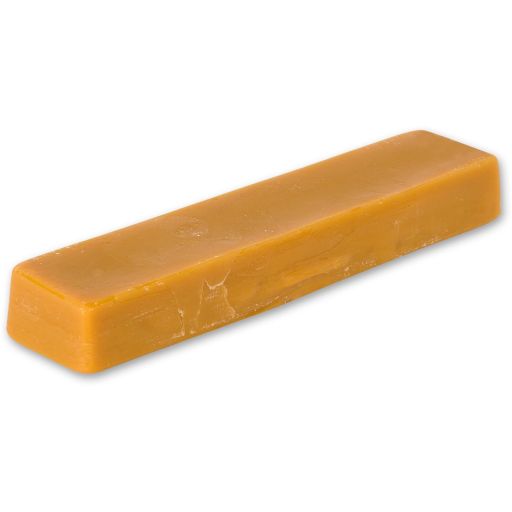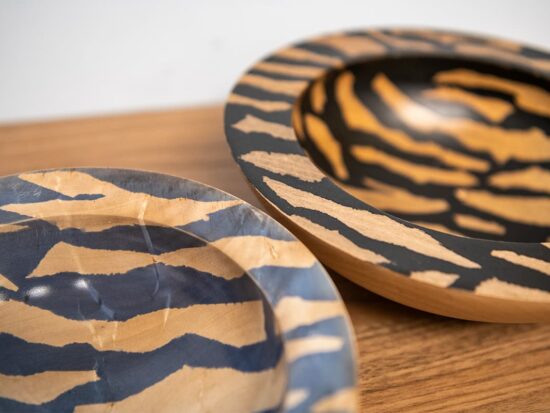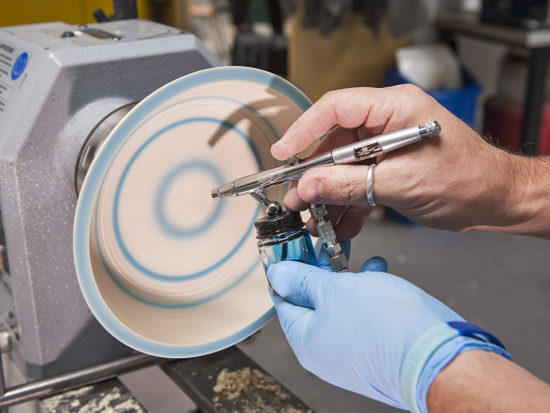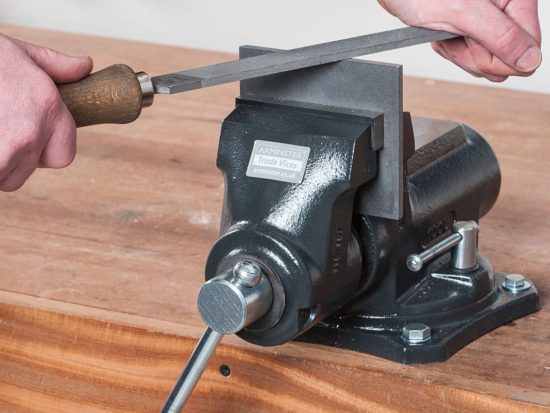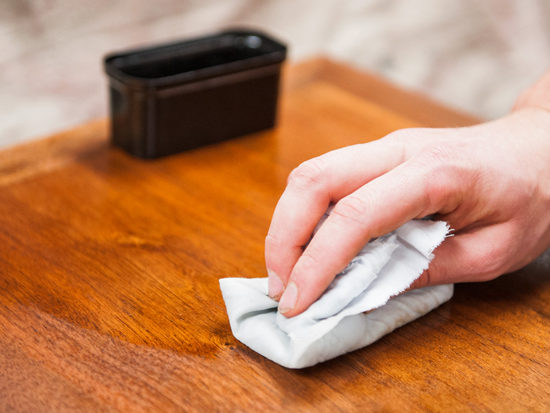Top Tips On Wax Polishing And Its Application
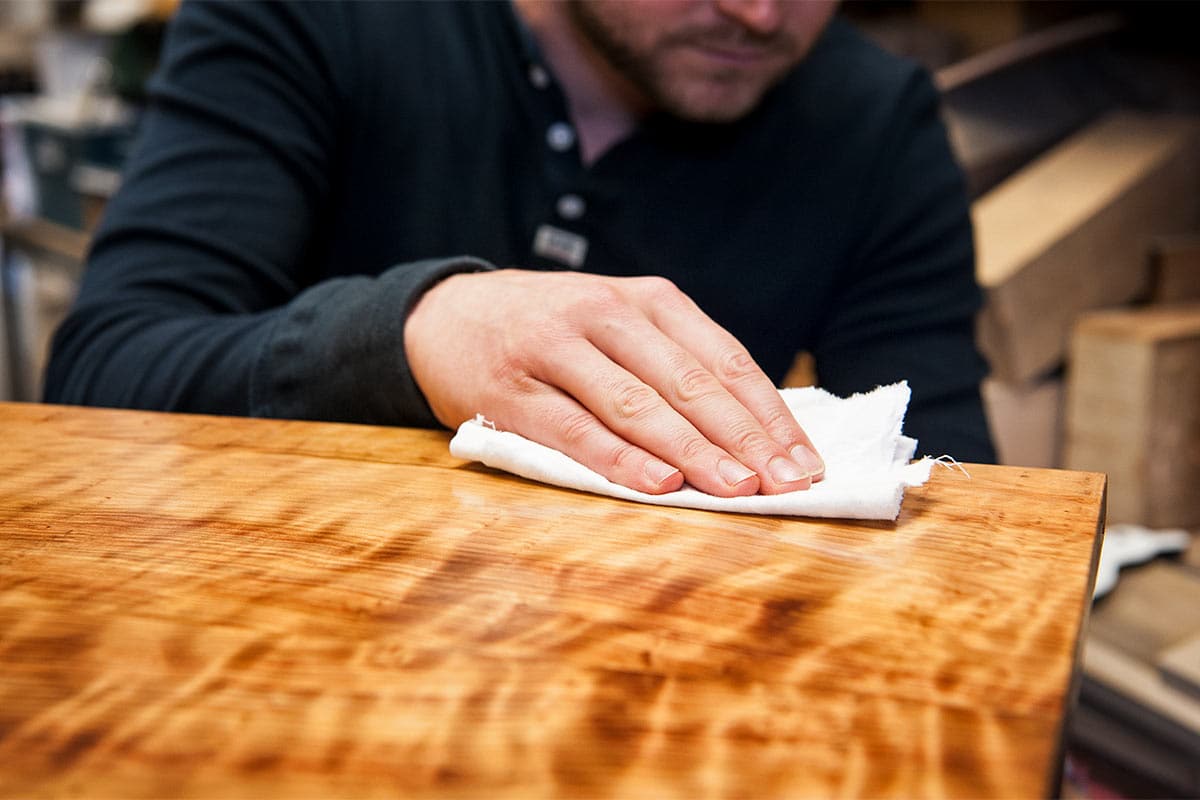
Wax polishing is one of the oldest and simplest ways to finish wood, leather and other items. A very adaptable material, the waxes are often derived from a number of sources in nature and the oil industry.
Many people will argue on the merits of a wax finish and whether they are truly worthwhile any more. Particularly with other more durable and easier to apply finishes on the market. But remember, many older pieces of furniture will have been finished in wax. So with this in mind, when doing furniture restoration, wax should always be considered.
Now you may think you know everything there is to do with wax polishing, so much so that you gloss over many of the finer details. Just pick a wax, apply it and buff it right? It could be that simple but to get the best possible finish, you need to think about which one to use and how do you get the most from the wax.
Types of Wax
Before we get into top tips for waxing, let's take a look at the type of waxes available for use...
Beeswax
Produced by bees to form the honeycomb cells. After extraction of the honey, the wax is immersed in hot water and floated off to be used in the making of polish, fillers and creams.

Microcrystalline Wax
Produced as part of the petroleum refining process, microcrystalline is characterised by the fineness of its crystal structure. It has extremely high durability to water and heat as well being very easy to apply. In contrast, paraffin wax, which is produced by a similar process, has much larger crystals and remains solid at room temperature.
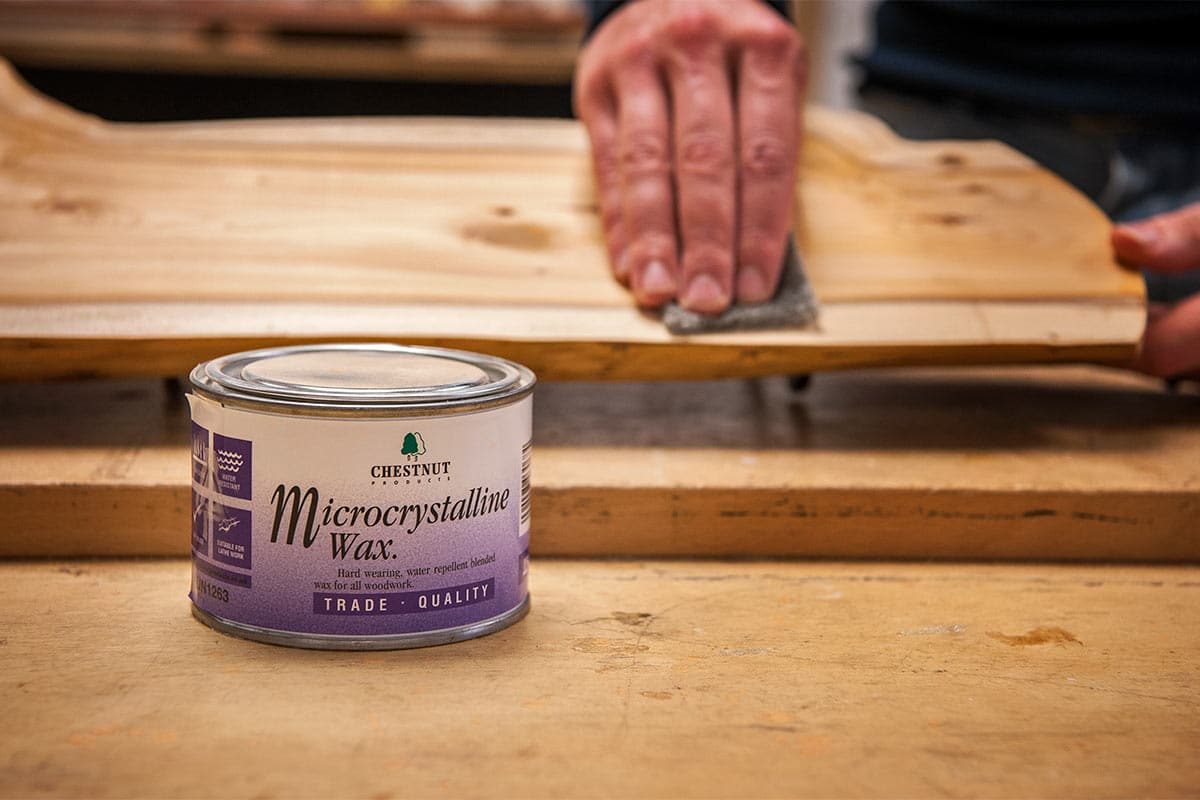
Carnauba Wax
A vegetable wax that is produced by the carnauba palm in Brazil. Its job is to help reduce excessive evaporation from the leaf pores. The wax is gathered on the leaves and refined into a hard brittle wax. For best results, it is combined with other waxes such as beeswax, combining their properties to give the best possible finish. Woodturners also use carnauba in stick form, taking advantage of the heat produced by friction to apply the wax.
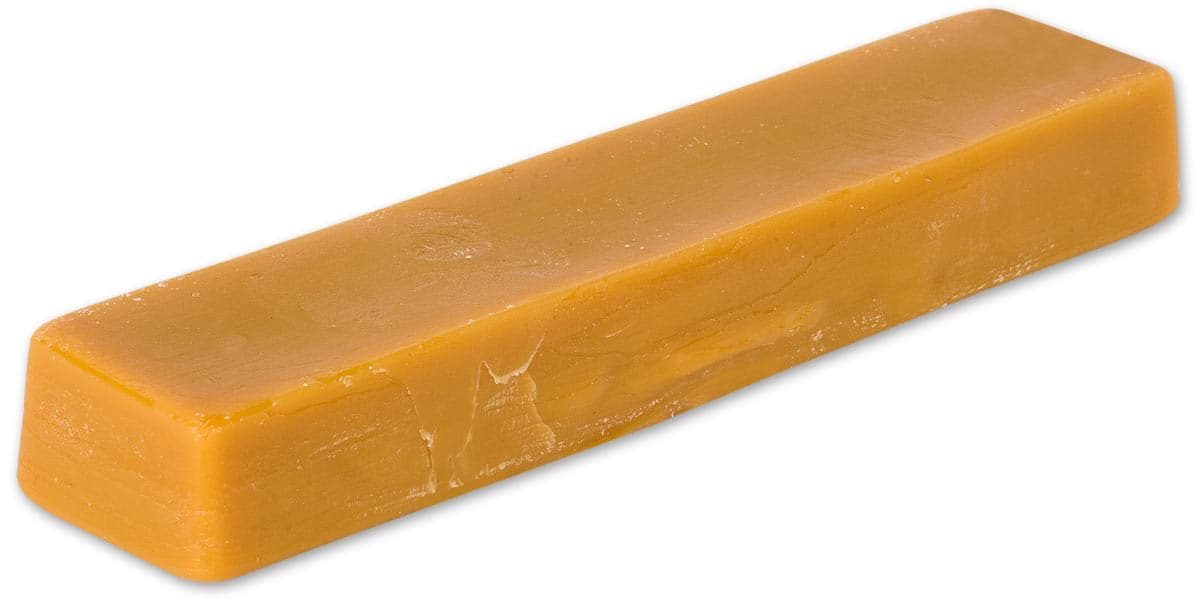
Paste Wax
These are specially formulated waxes, designed to give you the best of all waxes available. Can be a mix of carnauba and beeswax, beeswax and turpentine and many others, all designed to meet the needs of certain industries.
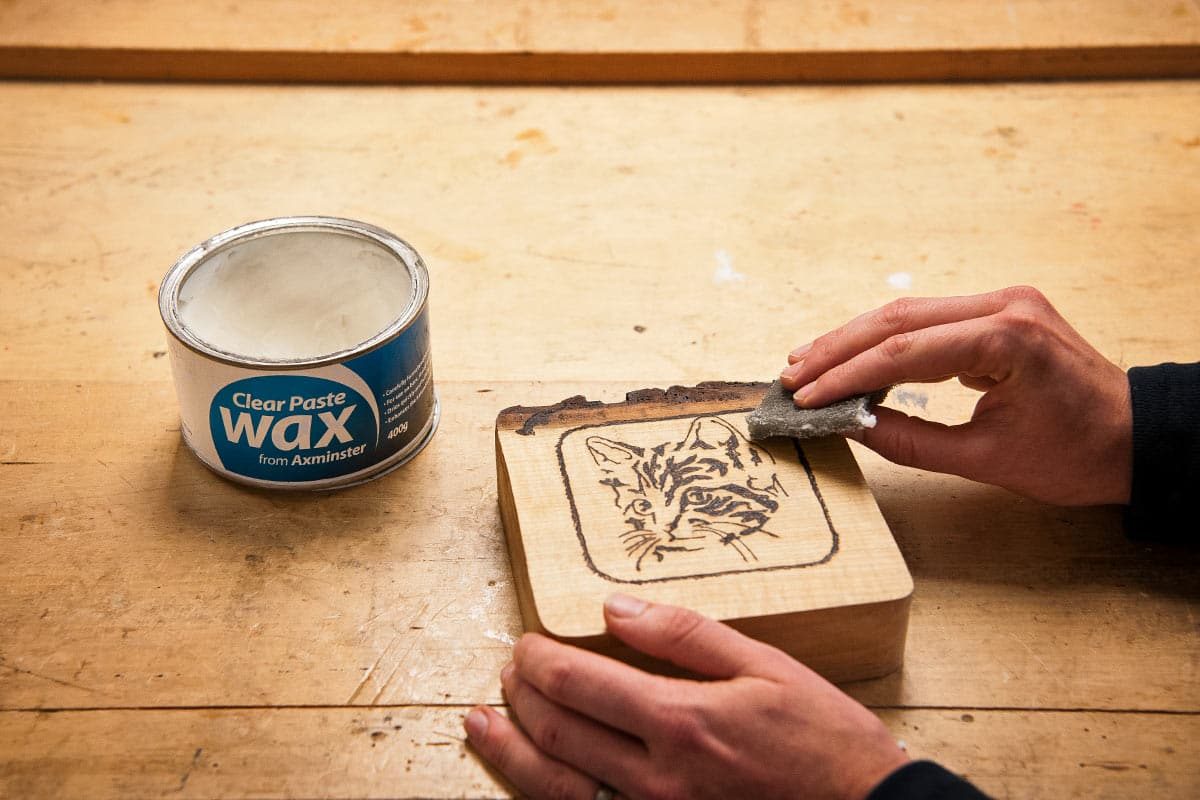
Sealed or Bare Wood?
Polishes that aren't specially formulated will often be split into two main divisions; for sealed wood or bare wood. Although it wouldn't be a disaster to use one on the other, you would find the finish not as good as it could be. The principle is fairly simple. For bare wood, you need a polish that deposits wax as a solid and dries quickly. This is so the wood pores are sealed very quickly, limiting absorption. However, on sealed wood, it's better to have a wax finish that can be more evenly spread, without building up too quickly.
Applying the Wax
Step 1
Before getting started, it's best to clean the wood of any dust and debris. This can be done by using a clean cloth and rubbing down the surface. If not removed, these can mix into the wax and ruin the appearance of the finish.
Step 2
Apply the wax sparingly with a cloth on delicate surfaces. For those in need of a more thorough penetration, use a 0000 steel wool.
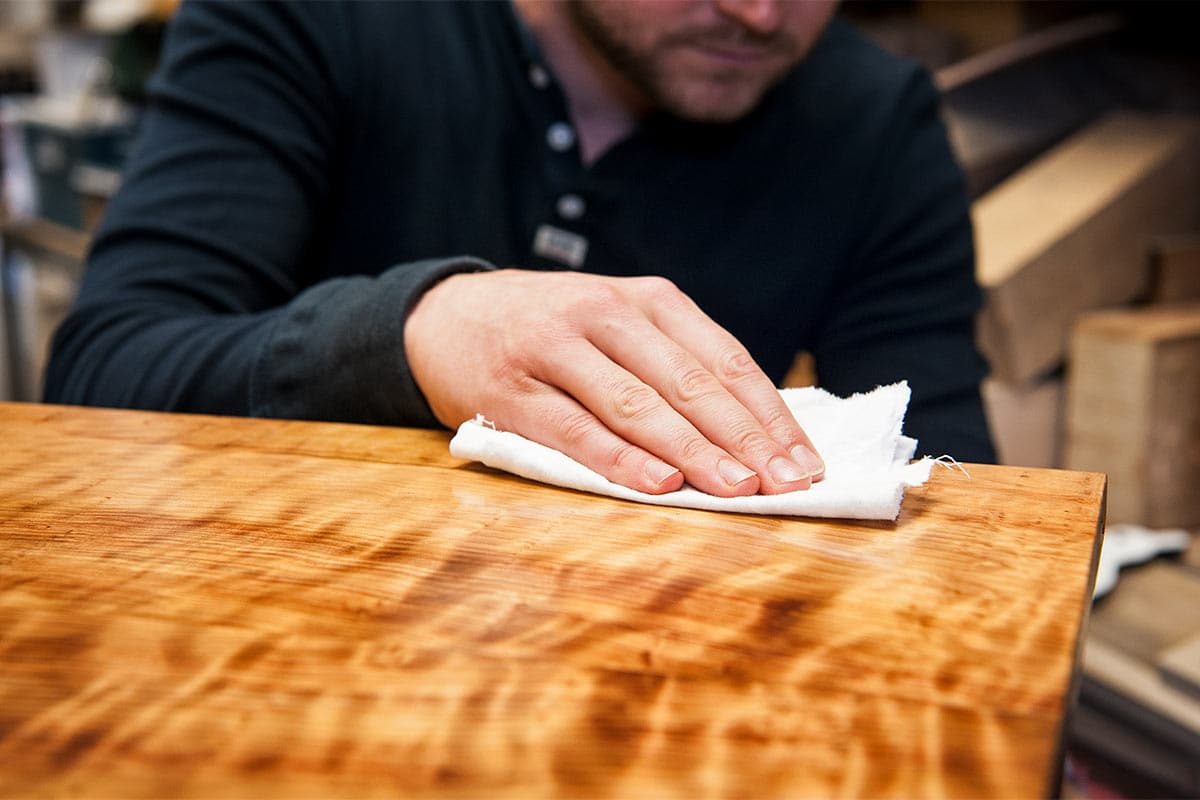
Top Tip!
Always apply the wax sparingly, if you lay it on too thickly it will dry unevenly and create a hazy appearance
Step 3
After applying a thin even coating of the polish allow plenty of time for the medium to evaporate and wax to harden. This time can usually be found on the product itself.
Step 4
Now you can buff. This is best done with a stockinette roll. The soft open texture surface picks up excess wax whilst burnishing the surface. For larger surfaces, a great way to speed up this process is by using a brush mounted on an electric drill. Alternatively, if you have the luxury of a lathe, buffing can be done quickly and easily.
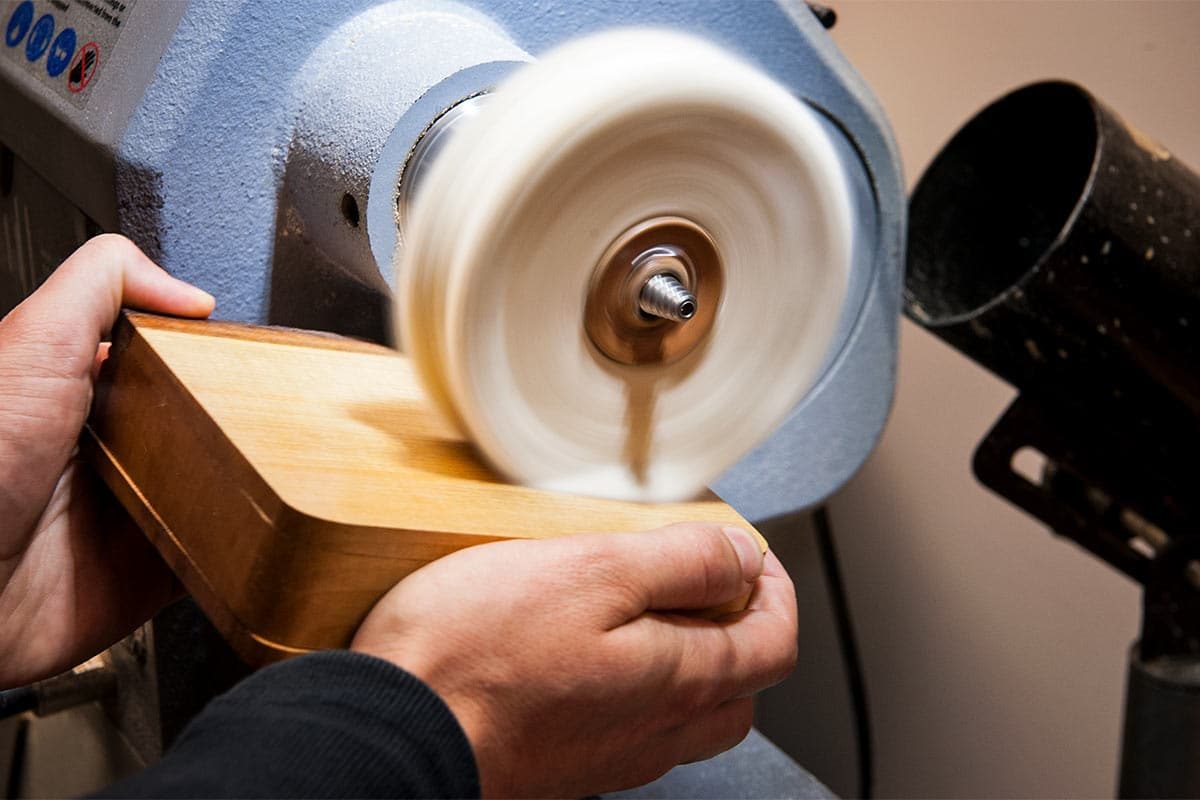
Step 5
When this is done, repeat the process again to get the best possible finish.
As with most finishing and polishing, the key to a great finish is patience. Therefore, we recommend to keep the processes going until you get your desired finish. Once this is done, sit back and enjoy your great looking wooden furnishings.





